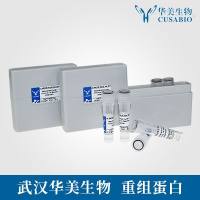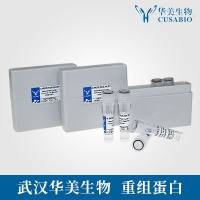Identification and Characterization of Programmed Cell Death Markers in Bacterial Models
互联网
452
In eukaryotic organisms facing terminal stress, activation of genetically encoded cell death pathways underlies fundamental changes in core cellular processes and functional modification of critical biomolecules. These physiological alterations manifest themselves as phenotypic hallmarks during programmed cell death, and are markers of the particular mode of death initiated. A growing volume of work has illustrated that prokaryotes too are capable of exhibiting hallmarks of programmed cell death, albeit without the multiple, tight regulatory layers which control these events in higher order organisms.
This chapter describes how methods and materials which have been used to assay for hallmarks of programmed cell death in eukaryotic models are transferrable to prokaryotic models. In particular, we describe the applicability of these methods to the study of post-antibiotic effects on bacteria, notably the biochemical changes induced by the interaction of drug molecules and targets, including oxidative stress, that accompany and ensure cell death. Specifically we discuss techniques for detecting DNA fragmentation, chromosomal condensation, phosphatidylserine exposure, membrane depolarization, and caspase substrate peptide binding, thereby providing a launchpoint for the study of the evolution of these physiological events in bacteria.









